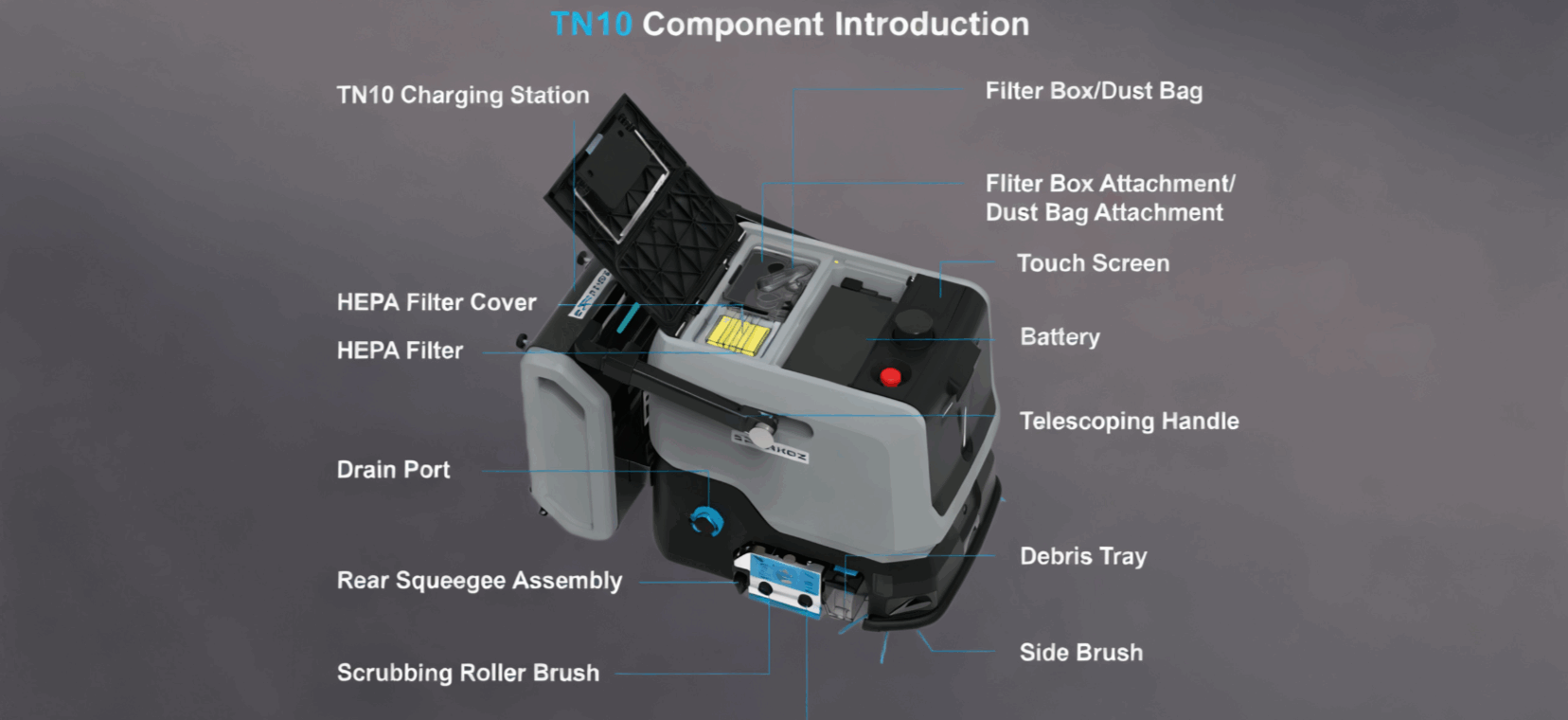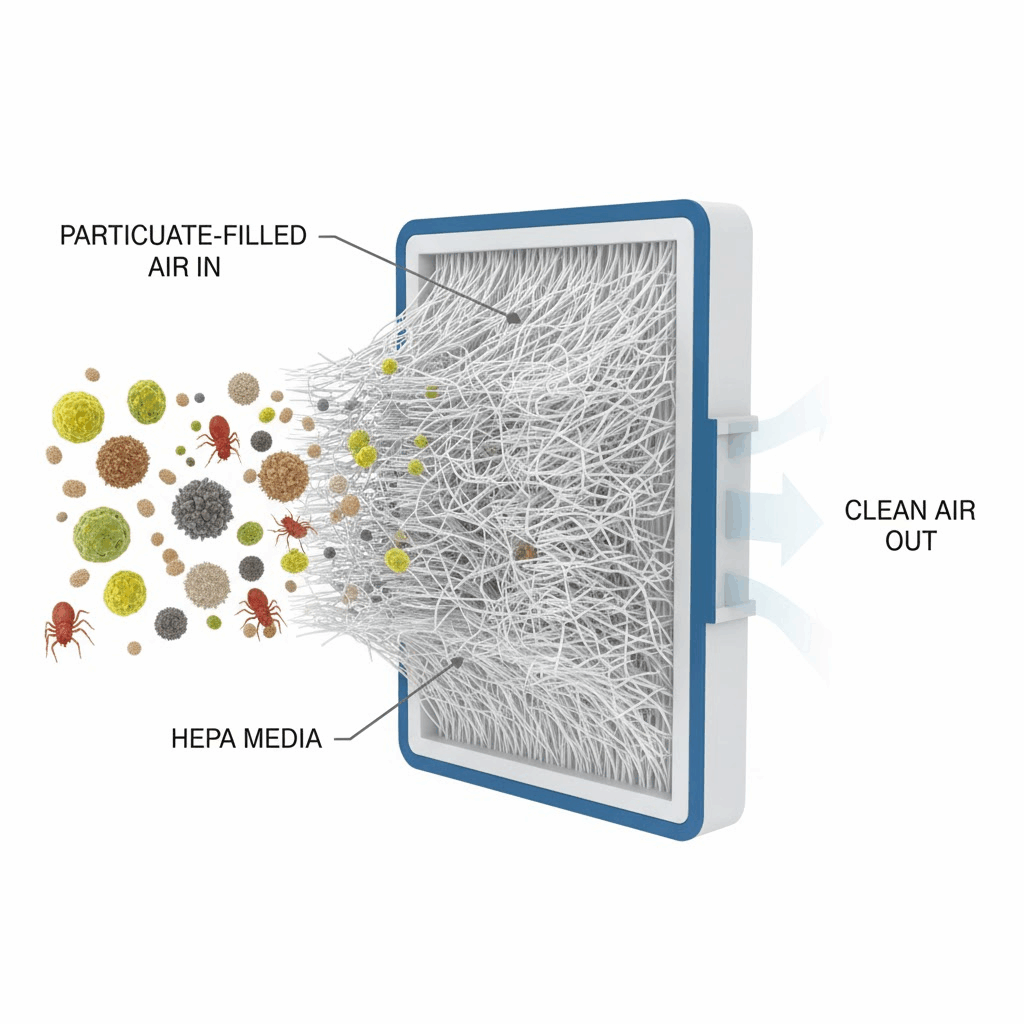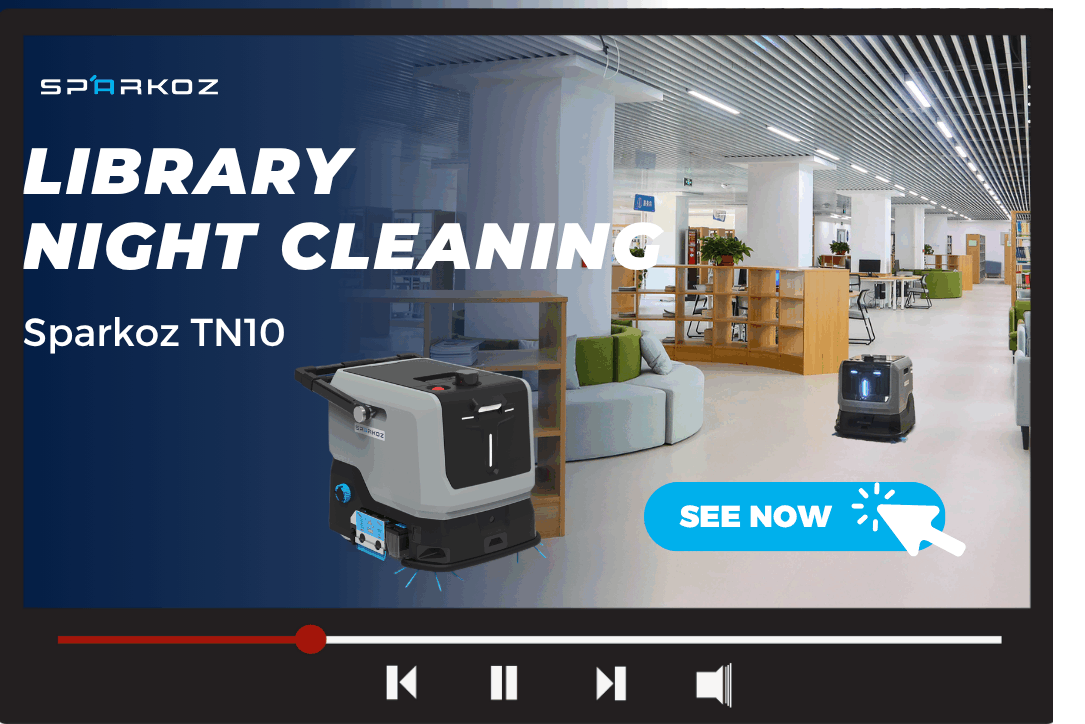
For millions of people, the home or office can be a battleground against invisible enemies: dust, pollen, pet dander, and other microscopic allergens. These airborne particles are major triggers for allergies and asthma, leading to symptoms that range from sneezing and itchy eyes to more severe respiratory issues. Traditional cleaning methods, while helpful, often fall short. Manual dusting can stir particles into the air, and conventional vacuums may recirculate the very allergens you're trying to eliminate. This is where modern technology offers a superior solution: dusting robots with HEPA-filtered precision.
These intelligent devices are engineered not just to clean, but to purify. By systematically and consistently removing dust from surfaces and capturing it within advanced filtration systems, they play a crucial role in creating a healthier indoor environment and providing much-needed relief for allergy sufferers.
The Science of a Sneeze: What's Really in Your Dust?
The dust accumulating on shelves and floors is more than just dirt. It's a complex mixture of organic and inorganic matter, including:
● Shed human skin cells
● Pet dander
● Pollen tracked in from outdoors
● Fabric fibers
● Dust mites and their waste products
For individuals with sensitivities, exposure to these allergens triggers an immune response, leading to chronic discomfort. The key to mitigating this is not just to displace dust but to capture and remove it from the living space entirely.
A Smarter Approach: Automated Dust Removal
The primary advantage of dusting robots is their tireless consistency. Unlike manual cleaning, which can be sporadic and miss hard-to-reach spots, a robot can be scheduled to run daily, ensuring dust never has a chance to build up to problematic levels. This process of automated dust removal is made possible by the same intelligent navigation found in larger scrubbers.
Using advanced sensors, these robots can navigate complex room layouts, clean along edges, and, most importantly, travel under furniture—beds, sofas, and desks—which are often neglected reservoirs of dust and allergens. By maintaining a constant state of cleanliness in these hidden areas, they significantly reduce the overall allergen load in a room.
The HEPA Filter Difference: Trapping What You Can't See

While consistent cleaning is important, the technology inside the robot is what truly makes a difference for allergy sufferers. The most critical component is the filter. Many standard vacuums use filters that can't trap the smallest microscopic particles, allowing dander and pollen to pass straight through the machine and back into the air.
This is why HEPA filter technology in robots is a game-changer. HEPA stands for High-Efficiency Particulate Air. To meet this standard, a filter must be proven to remove at least 99.97% of airborne particles down to 0.3 microns in size. This includes:
● All common pollen types
● Pet dander
● Dust mite allergens
● Mold spores
● Bacteria
When a dusting robot equipped with a HEPA filter cleans your floors, it acts as a mobile air purifier. It's not just moving dust around; it's actively pulling microscopic irritants out of your environment. This is the key to achieving genuine allergy relief with robotic cleaners.
Healthier Commercial Spaces: From Offices to Schools
The need for clean, allergen-free air extends beyond the home. In commercial settings, poor air quality can lead to decreased productivity, increased sick days, and general discomfort for employees, customers, and students. Dusting robots are an incredibly effective tool for maintaining high standards of environmental health in:
● Offices: Daily removal of dust can create a more comfortable environment for employees, especially in modern open-plan offices.
● Schools: Classrooms and libraries are high-traffic areas where allergens can accumulate quickly, impacting student health and concentration.
Check the video about how TN10-Pro work in school library.

● Healthcare Facilities: In clinics and waiting rooms, minimizing airborne particulates is crucial for protecting vulnerable patients.
By using sensor-based coverage to avoid hidden dust buildup, these robots ensure a thorough clean that contributes to the well-being of everyone in the building. A great resource on this topic is the article "Avoid Hidden Dust Buildup with Dusting Robots Using Sensor Coverage."
A Proactive Strategy for a Healthier Environment
Integrating automated dusting into a cleaning routine is remarkably simple. With intuitive app controls, tasks can be scheduled to run at any time, such as overnight in an office or during the day when the house is empty. They work quietly and efficiently in the background, requiring minimal maintenance beyond emptying the dustbin and periodically cleaning the filter.
Investing in dusting robots with certified HEPA filtration is a proactive step toward better health. It moves beyond simple aesthetic cleanliness to address the microscopic threats that impact quality of life. For anyone struggling with indoor allergies, this technology offers a powerful, consistent, and automated way to breathe easier and live more comfortably.
To explore a full range of intelligent cleaning solutions, from dusting to deep scrubbing, see the technologies offered by Sparkoz.